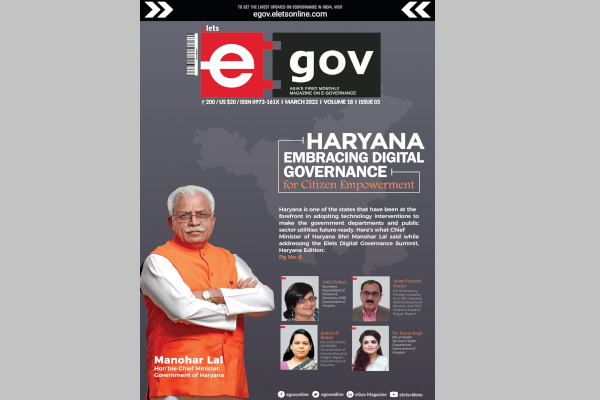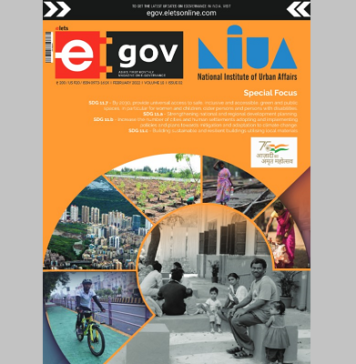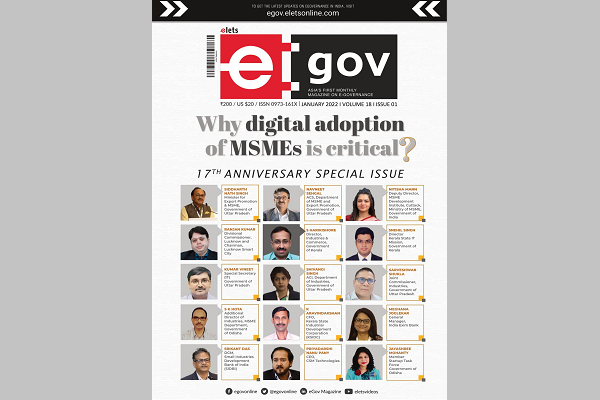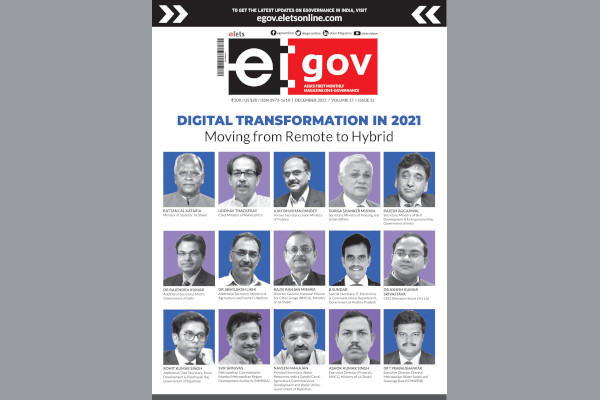 K N Bhagat
K N Bhagat
Managing Trustee, Orissa Trust of Technical Education & Training (OTTET)
Odisha has gone ahead as it would be the first state in the country which has adopted ICT as a state development tool for providing healthcare services at the door step of the citizen says K N Bhagat, Managing Trustee, Orissa Trust of Technical Education & Training (OTTET) in conversation with Mohd Ujaley
It has been said that ICT can be leverage to reach the last mile, has Odisha been able to implement the ICT in healthcare in a right manner?

Odisha has gone ahead as it would be the first state in the country which has adopted ICT as a state development tool for providing healthcare services at the door step of the citizen. OTTET is implementing the ICT based Telemedicine project under PPP mode in collaboration with Govt. of Odisha and National Resource Center for Telemedicine & Biomedical Informatics at SGPGIMS, Lucknow in a systematic manner to meet all challenges.
What is the best way to provide healthcare in tribal and remote areas in Odisha?

Telemedicine network which Odisha has developed on hierarchical manner will become the assets for such community which will have indirect reflection on the literacy rate. This tribal belt due to poor sanitary living conditions, insufficient potable water, illiteracy and ignorance sometimes become endemic to Malaria, Dengue, Anthrax, HIV and other viral diseases through noninvasive blood tests by use of appropriate strips. The telemedicine technicians at the facility centre can quickly identify the situation of medical emergency so that doctors on specialist can reach the area with much reduce reaction time.
Young doctors are reluctant to serve in rural areas, what is the best way forward to provide better healthcare services at grass root level?
While respecting the different levels of subjective and objective readiness of stakeholders within the system and in terms of available health technologies, the country is thinking to facilitate the transition, the information process etc. The existing system in NRHM should be reviewed and revamped in order to make the shift to new arrangements as smooth as possible with support of doctors where ever available. Govt. of Odisha has taken proactive steps first of its kind by using telemedicine network in PPP mode and making it available at all health institutions and the linkage of doctors to the people at the remote end.
What is your vision for OTTET Telemedicine Network and how successful have you been so far?
OTTET Telemedicine Network envisaged for providing the healthcare services at the door steps of peoples. Pilot project has been successfully done in number of states like Gujarat, Himachal Pradesh, Bihar, Jharkhand, and Karnataka and there is a plan to take it nationwide, and field deployment has been initiated after MOU and SOP with Govt. of Odisha. The Standard Operating Protocol (SOP) for implementing the project on PPP mode has been developed. All the government & Private Medical College, District Hospital, CHC, PHC and registered private practitioner are taken into the network. The success can be seen from the fact that what OTTET Telemedicine Network has been implementing since last 3 years in cooperation of Govt. of Odisha, the Planning Commission in the 12th plan is planning today.
The composite HIS developed and deployed in OTTET Telemedicine Network based on the PPP mode can regularly track the progress of the state in achieving the national health outcome indicators, and in identifying areas and populations which lag behind on health indicators, with sufficient accuracy, so as to enable remedial action. To achieve this goal, the HIS has to necessarily rely on universal vital registration and the networking of all health service providers, public and private laboratories. This is possible because of the deployment and installation of wireless Telemedicine devices using which data fidelity is assured by triangulation with data from periodic surveys and community based monitoring, which should continue with a greater frequency. Strict compliance with the right of privacy is also maintained.
A computer with internet connectivity should be ensured in every PHC and all higher health facilities in this Plan period. Connectivity can be extended to Sub-Centers either through computers or through cell phones, depending on their state of readiness and the skill-set of their functionaries. All District hospitals should be linked by tele-medicine channels to leading tertiary care centers, and all intra-District hospitals should be linked to the District hospital and optionally to higher centers. The availability of “Skype”, and other similar applications for audio-visual interactions, makes tele-medicine a near universal possibility and could be used to ameliorate the
professional isolation that health personnel posted in rural and remote areas face.
Be a part of Elets Collaborative Initiatives. Join Us for Upcoming Events and explore business opportunities. Like us on Facebook , connect with us on LinkedIn and follow us on Twitter, Instagram.











